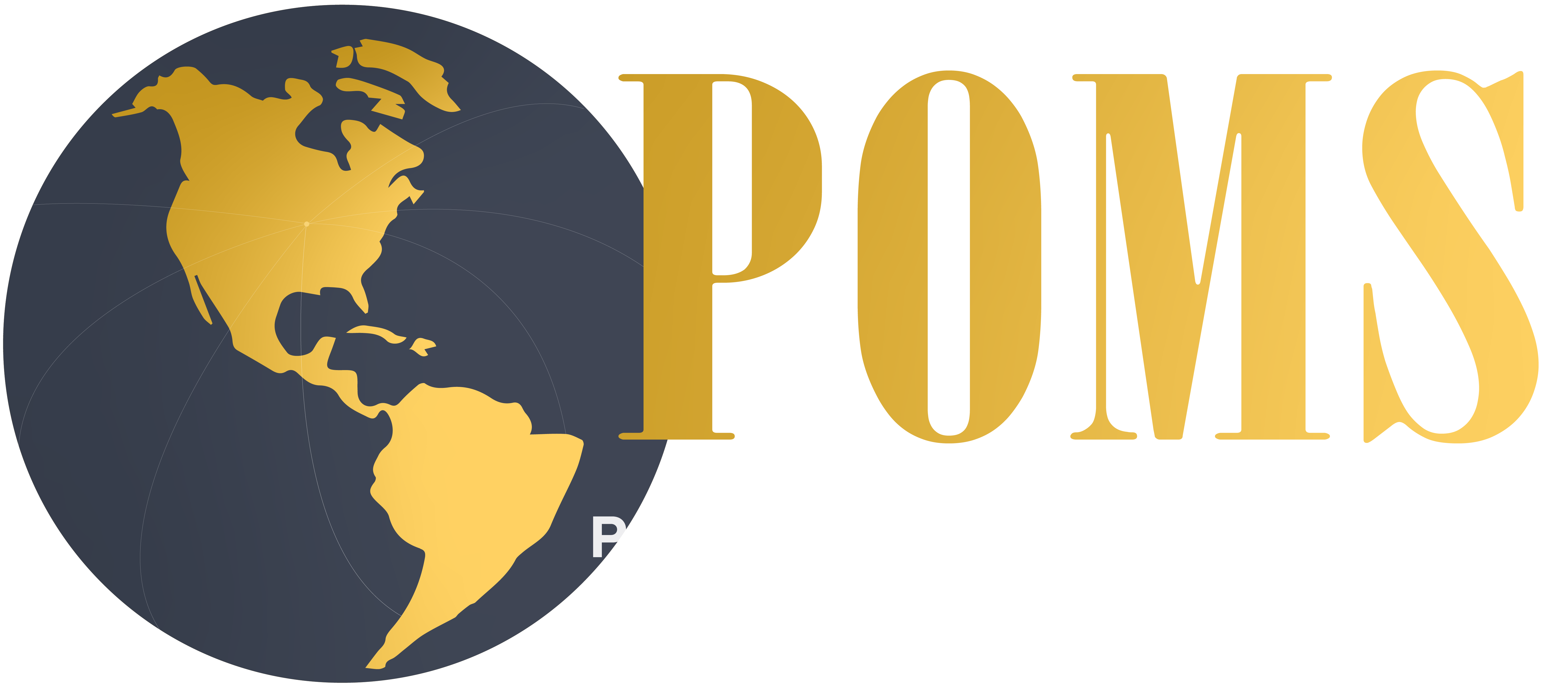Interview with Walmart's former COO and POMS 2011 MKS Excellence in POM Practice Award Winner, Edwin Keh
POMS Practitioner Forum / UCLA Global Supply Chain Blog
Walmart's former COO and POMS 2011 MKS Excellence in Practice Award Winner Edwin Keh shares his insights about the future of "Made in China"
Interview conducted by Christopher Tang in Hong Kong
September 1, 2012
As US and Europe are struggling to stimulate their anemic economies, it appears China's economy is also slowing down. As I wonder about the response from the Chinese government and Chinese manufacturers and how their response would affect western firms, I interviewed Edwin Keh in Hong Kong to learn of his insights on this matter.

1. Is China's economic growth slowing down as reported in the news recently? Is this decline temporary?
Unlike most western economies in the world today, China has a managed economy with large state-owned enterprises. Its government is very active in the market place. In China's current 5-year, plan the Chinese government wants to transition the national economy from one that relies on export manufacturing to one that is dominated by domestic consumption. To achieve this, the government has embarked on a 5-year plan to double national minimum wages. At the same time, since 2005, the RMB has been appreciating aggressively against the USD.
The current transition of the economy has brought China a period of economic contraction and uncertainty. Domestic consumption, hampered mostly by inflation, is not rising fast enough to offset export reductions. At the same time, efforts to cool down the overheated real estate market have brought fears of a radical slow down. So, we do see a true slowdown in the Chinese economy currently. To put this in context, this slow down is still high, single-digit, year-on-year growth (i.e., over 8%). In the current global environment, any developed economy will view this as a very healthy growth. It is only in the historical context of China's double-digit growth of the last decade that this is thought of as a "slow down".
It is most likely that this signals a new phase in China's economic development. China can no longer be seen as a developing economy. It is now a large global economic power. As such a more measured and sustainable economic growth pace may be appropriate.
The challenge for the Chinese government is to ensure that the economy can successfully transition, that wealth is more evenly distributed, and that China can continue to grow its middle class and become a net importer and consumer of global goods and services.
2. What are the underlying causes of this decline in economic growth in China?
Currently China's economic slow down can be seen as a mixture of global consumer decline and the emergence of more aggressive and cost effective manufacturers in other less developed countries.
3. Along with the economic decline in Europe and US, how will this decline in China affect the manufacturing sector in China?
Net export from the Pearl River Delta has declined over the last few years. The number of foreign-owned factories, the pool of migrant labor, and materials suppliers upstream and downstream from manufacturers have all slowed or have been significantly reduced. On the other hand, anecdotal evidence lead one to believe that there is some corresponding growth in manufacturing activities for the domestic marketplace. These are dominated by domestic investments in less concentrated and lower labor cost areas in Western and Northern China. Consequently, it is evident that the two export deltas (i.e., Pearl River Delta (i.e., Guangzhou area) and Yangtze River Delta (i.e., Shanghai area) are bearing the brunt of the declines. However, the domestic manufacturers in the Western and Northern parts of China are smaller in net volume and value relative to the exporters they replace, and their future success is too early to tell!
Overall, it would seem that China is consciously giving up a lot of their traditional labor-intensive manufacturing and assembly businesses -- at least for the short term.
Currently there is no viable volume replacement for Chinese made consumer products. However, we may yet see a resurgence of Chinese export manufacturing in the long term when the following conditions hold: (1) the US and Europe experience their recoveries; (2) the consumption habits of Americans and Europeans do not change; and (3) China improves its manufacturing efficiencies with automation. To compete in the global market, I have reasons to believe that the Chinese manufacturing sector is going to invest heavily in automation and information technology to improve its supply chain operations. As the manufacturing sector becomes more sophisticated, it is plausible that Chinese manufacturers will compete on value instead of cost by focusing more on producing complex products with higher profit margins.
4. Western firms are concerned about the rising cost of producing their products in China and the cost of shipping products from China, do you think these firms will move to other lower cost countries?
Today, most consumer products manufacturers adopt a China plus sourcing strategy. They are still making a lot of products in China, but they are also developing and testing alternatives to China. The result is a net reduction of Chinese export volumes. Lower cost commodity types of products will flow to lower cost countries. At the same time, more complex and higher cost manufacturing is also flowing into China.
5. Some contract manufacturers in China are making progress over working conditions after serious concerns over worker suicides. Do you think this will calm the consumers and multi-national firms?
Chinese manufacturers have for the longest time been treating their workers as manufacturing commodities. The productivity of Chinese manufacturing has largely been achieved by military-like discipline on the factory floor. This heavy-handed management style -- while effective in the past -- is no longer appropriate to manage younger Chinese workers. Having the advantage of more educational opportunities and being a product of the one child policy today. Chinese youth are less willing to work under a harsh working environment. To be successful today, the new Chinese factory environments have to be more capital intensive with more labor-saving automation, and blue-collar workers must be given training, learning, and advancement opportunities. These more enlightened work places will gradually satisfy western consumer demands. However, a lot of the improvements on the factory floors are not so much in response to western consumers, but it is a response to the demands requested by those vocal and powerful Chinese factory workers.
6. There are reports clarifying that the true economic value captured by the manufacturing sector in China is small relative to those technology suppliers such as Intel and Samsung and to those international Original Equipment Manufacturers such as Apple. What do you think China is doing to capture more economic value along the supply chain?
There is great awareness that the traditional roles played by Chinese factories are low in value creation. The Chinese response in recent years is to take advantage of current western market weakness to purchase western intellectual properties, and to import changes to the traditional education system to create more entrepreneurs, designers, and brand managers. Whether these non-tangible, highly valued, and more artistic supply chain and commercial activities can be engineered this way remains to be seen. Only time will tell!

